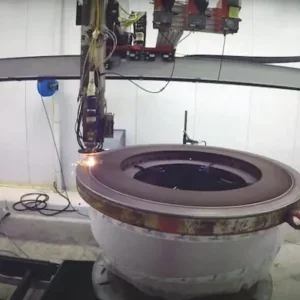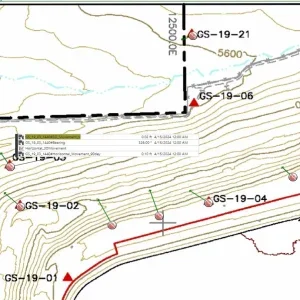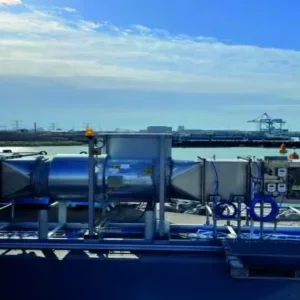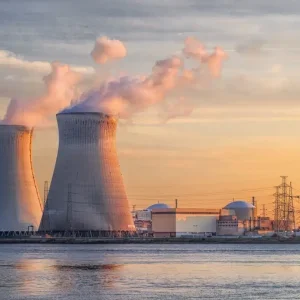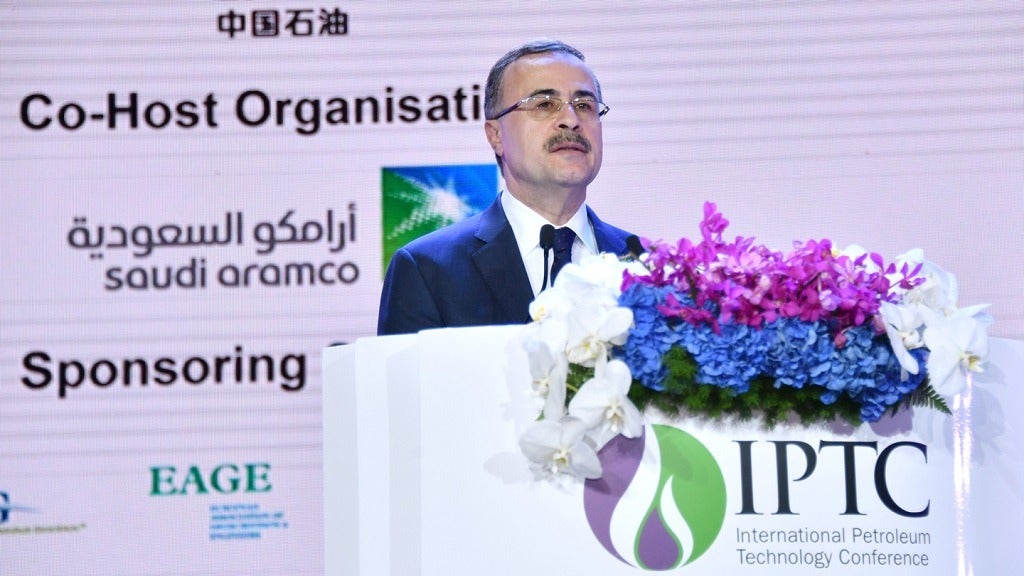
Saudi Aramco took its place as the world’s most profitable company on 1 April when it released its debut bond, and has been expanding ever since with a flurry of acquisitions.
The oil and gas giant generated a gargantuan $111bn (£85bn) last year, comfortably topping second-placed Apple ($59.5bn – £45.6bn), which became the first company to be valued at more than $1tn (£770bn) in August.
Samsung, Google’s parent company Alphabet and JP Morgan Chase came third, fourth and fifth with $35.1bn (£26.9bn), $30.7bn (£23.5bn) and $30.7bn (£23.5bn), respectively, while Aramco’s industry rivals Shell and Exxon Mobil took home little over $20bn (£15.4bn) a piece.
Over the past six weeks, the company has applying its financial clout all over the world, announcing a number of key acquisitions set to expand its influence exponentially – here we take a look at some of the most important.
SABIC
In perhaps its biggest financial deal this year, Saudi Aramco has announced plans to acquire a 70% stake in petrochemical giant Saudi Basic Industries Corporation (SABIC) from the Public Investment Fund of Saudi Arabia for more than $69bn (£54bn).
The remaining 30% of the petrochemical company includes publicly-traded shares that have been excluded from the transaction, and Saudi Aramco revealed that it has no intention to take over those shares in the future.
SABIC’s operations span more than 50 countries and its total production volume from its various business divisions was 75 million metric tonnes in 2018.

Saudi Aramco said the acquisition aligns with its long-term strategy to achieve growth through an improved downstream portfolio by boosting its global participated refining capacity to 8-10 million barrels per day (mb/d) by 2030 from the existing capacity of 4.9 mb/d.
Its president and CEO Amin Nasser said: “This transaction is a major step in accelerating Saudi Aramco’s transformative downstream growth strategy of integrated refining and petrochemicals.
“As part of the Saudi Aramco family of companies, together we will create a stronger, more robust business to enhance competitiveness and help meet rising demand for energy and chemicals products needed by our customers around the world.”
Hyundai Oilbank
In mid-April, Saudi Aramco agreed a deal with Hyundai Oilbank to acquire 17% of the company from Hyundai Heavy Industries for around $1.25bn (£1bn), through its subsidiary Aramco Overseas Company (AOC).
The two parties have been working towards the deal for quite some time – in late January, Saudi Aramco signed a pre-IPO investment agreement with HHI with its proposed investment valuing Hyundai Oilbank at almost $9bn (£7bn).
At that time, it was announced that the oil giant planned to acquire a stake of up to 19.9% for about $1.6bn (£1.25bn).
Established in 1964, the South Korean refining company has a refining capacity of 650,000 barrels of oil a day (boe/d) and is engaged in oil refining, base oil, petrochemicals and retailing.

Hyundai Oilbank exports petroleum all over the world and operates close to 2,400 gas stations and charging stations in South Korea.
Saudi Aramco downstream senior vice president Abdulaziz Al-Judaimi said: “Saudi Aramco continues to strengthen its position in the downstream sector.
“This acquisition demonstrates our investment in the highly complex refining sector in Asia, and continuous commitment to the region’s energy security and development.
“The investment supports Saudi Aramco’s broader downstream growth strategy, as well as providing long term crude oil placement supply options and product offtakes as part of our trading business.”
Shell SASREF JV
On the 22nd of April, Saudi Aramco agreed to acquire Shell’s 50% stake in Shell Saudi Arabia Refinery (SASREF) joint venture in Jubail Industrial City, in Saudi Arabia, for more than $630m (£490m).
Upon completion of the deal, Saudi Aramco will be the sole owner and operator of the SASREF joint venture, which operates the 305,000 b/d refinery.
The refinery is equipped to produce several products, including liquefied petroleum gas, naphtha, kerosene, diesel, fuel oil and sulfur.
Saudi Aramco downstream senior vice-president Abdulaziz Al-Judaimi said: “The partnership with Shell has led to a strong record of performance and delivery of refined products.

“Saudi Aramco will take full ownership and integrate the refinery into its growing Downstream portfolio.
“SASREF will continue to be a critical facility in our refining and chemicals business and we look forward to further optimising its performance and long term viability.”
Shell Downstream director John Abbott added: “SASREF has been a long and successful partnership between Shell and Saudi Aramco.
“The refinery has operated with good reliability, and has an impressive safety record. We’re proud of what we have achieved together over the past four decades and will continue to explore new business opportunities.”
Saudi Aramco acquisitions enabled by prolific 2018 profit
Founded in 1976, state-owned Saudi Aramco, which has a workforce of around 34,000 employees, recorded annual sales of $45bn (£35bn) in 2018, holding assets worth $85bn (£66bn).
According to financial services company Moody’s, the A1 long-term issuer rating it gave the firm was its first ever.
“Saudi Aramco has many characteristics of a Aaa-rated corporate, with minimal debt relative to cash flows, large scale of production, market leadership and access in Saudi Arabia to one of the world’s largest hydrocarbon reserves,” said its vice president Rehan Akbar.
“These features position it favourably against the strongest oil and gas companies that Moody’s rates.
“The final rating is however constrained by the government of Saudi Arabia’s A1 rating because of the close interlinkages between the sovereign and the company.”
The news marks the first time investors have been given a genuine insight into the financial performance of the historically secretive Saudi Aramco.
Moody’s says the company had $48.8bn (£37.4bn) of cash relative to $27bn (£20.7bn) of reported debt, with about $25.5bn (£19.5bn) of its bank facilities available and $12.7bn (£9.7bn) in undrawn revolving credit facilities, making for a healthy liquidity position.
Julien Jreissati, campaigner at Greenpeace MENA, said: “The Saudi government should invest profits generated by Saudi Aramco into diversifying its economy and transitioning its energy system towards renewable energy.
“While oil has undoubtedly contributed in leapfrogging the kingdom into the modern era, costs on the environment and climate, not factored in Aramco’s balance sheet, are increasingly becoming unbearable.
“Furthermore, fuelled by extreme weather events, international climate policies and green technology advancement, the peak oil demand is coming sooner rather than later.
“It is time for Saudi Arabia to look to up to the sky where its true wealth resides. The sun can be the engine that drives the kingdom’s future prosperity.”


